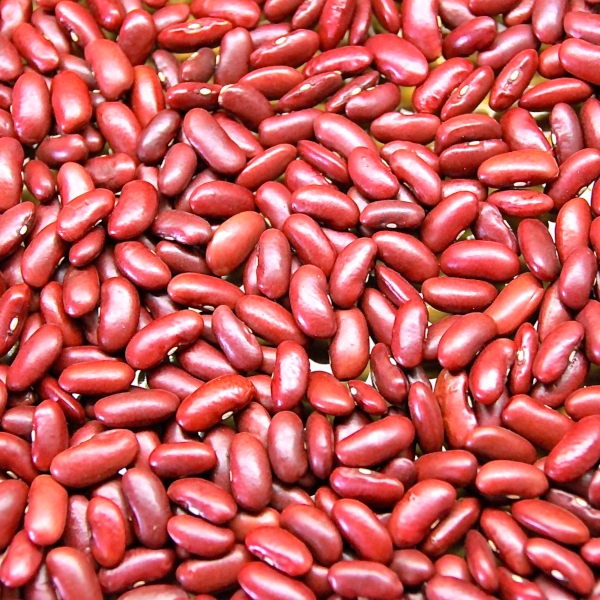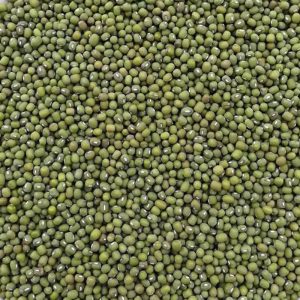1. Key Characteristics & Agronomic Advantages
-
Nutritional Powerhouse: Kidney beans are an excellent source of:
-
Plant-Based Protein: A crucial protein source for vegetarian and low-income populations.
-
Dietary Fiber: Promotes digestive health and helps regulate blood sugar.
-
Complex Carbohydrates: Provides sustained energy.
-
Minerals: Particularly rich in iron, potassium, magnesium, and folate.
-
-
Soil Health Improver: Like all legumes, kidney beans fix atmospheric nitrogen into the soil through symbiotic bacteria in their root nodules. This reduces the need for nitrogen fertilizers and improves soil fertility for subsequent crops, making them an excellent rotation crop with maize or wheat.
-
Climatic Adaptability: They can be grown in a range of conditions, though they prefer:
-
Moderate Temperatures: They thrive in warm (not hot) days and cooler nights, making them well-suited for Tanzania’s medium to high-altitude regions (e.g., the Southern Highlands, Northern Highlands).
-
Moderate Rainfall: Require well-distributed rainfall during the growing season but drier conditions during maturation and harvest.
-
-
Short Growing Cycle: Most varieties mature in 90-120 days, allowing for integration into various cropping seasons.





